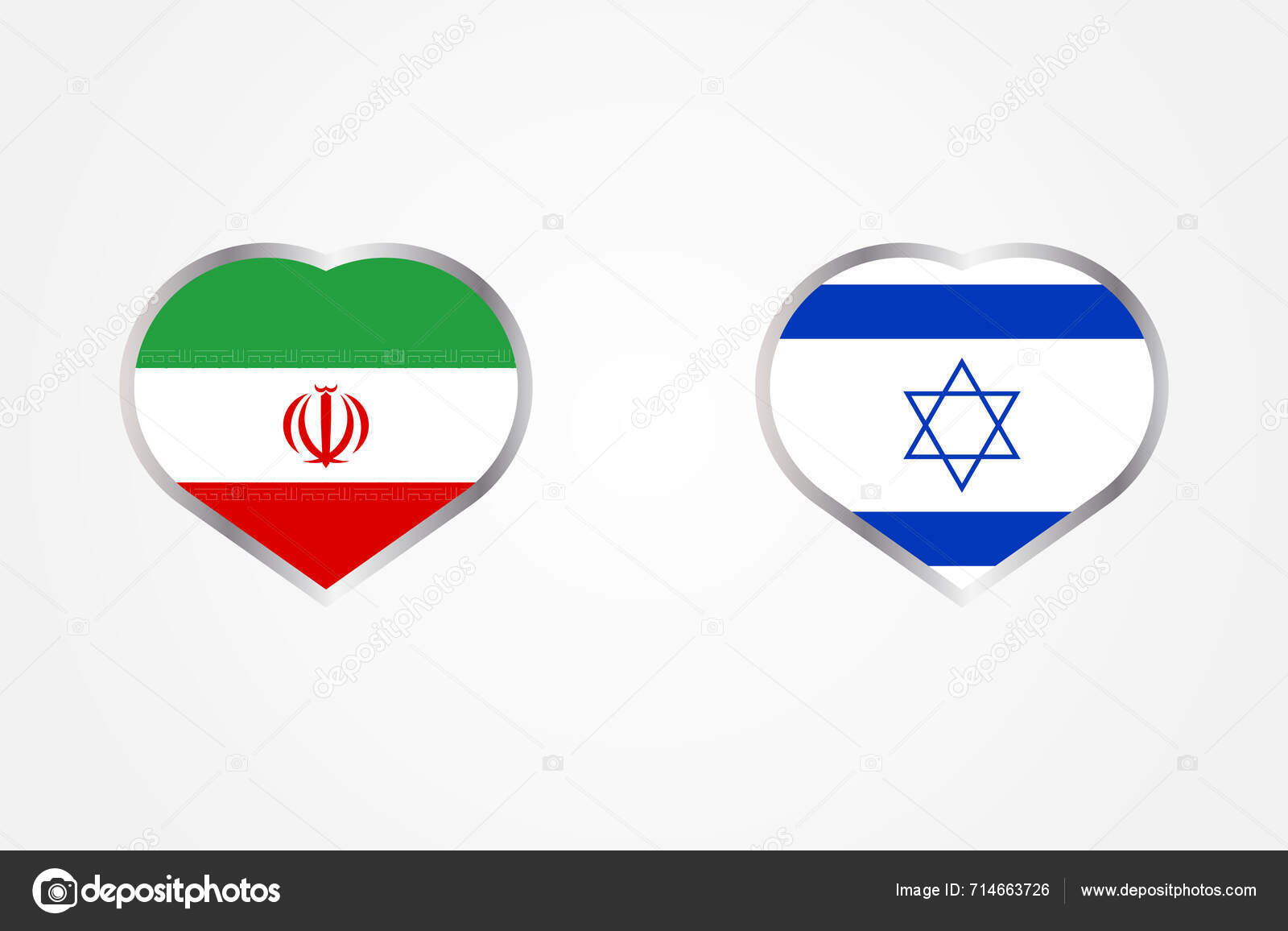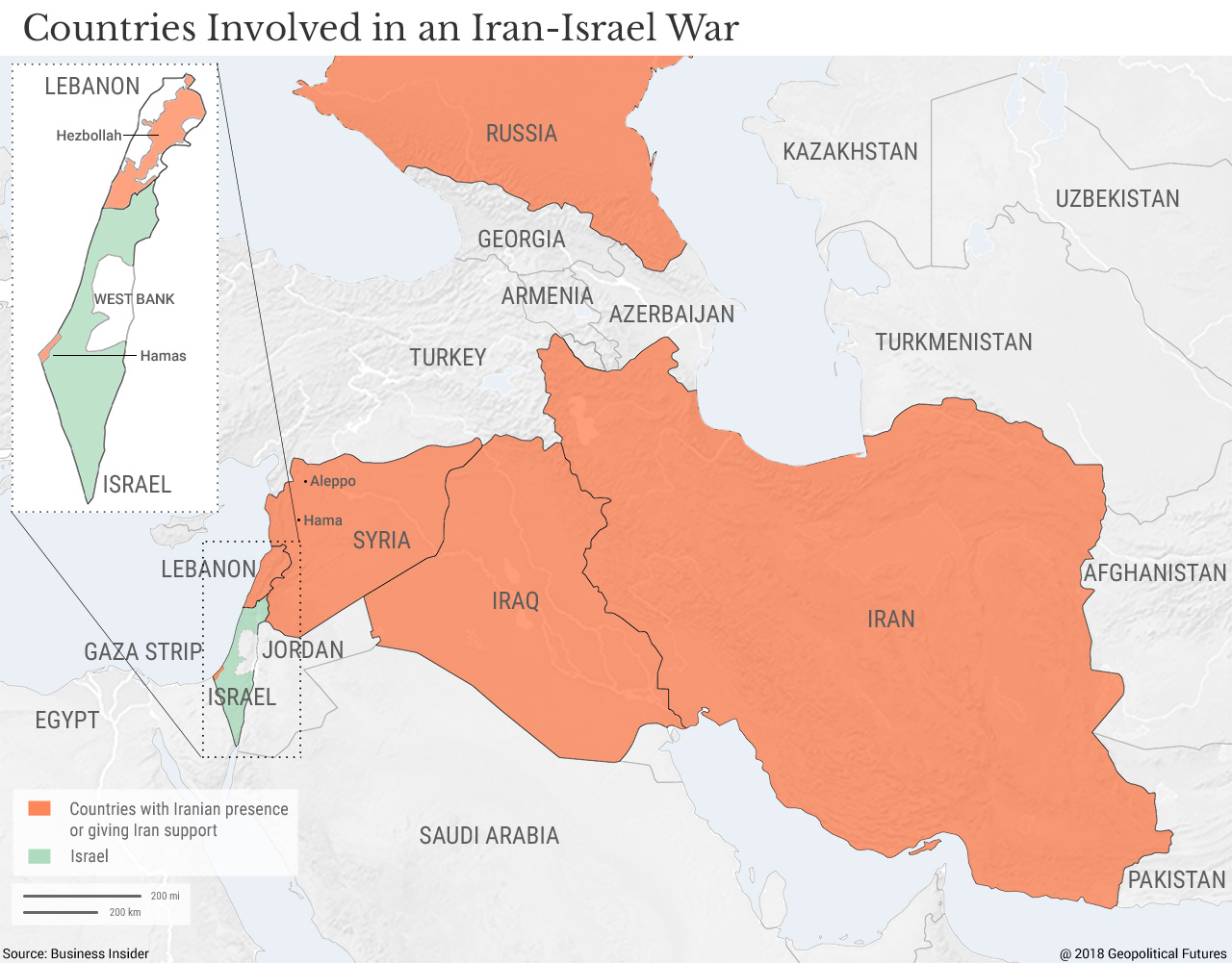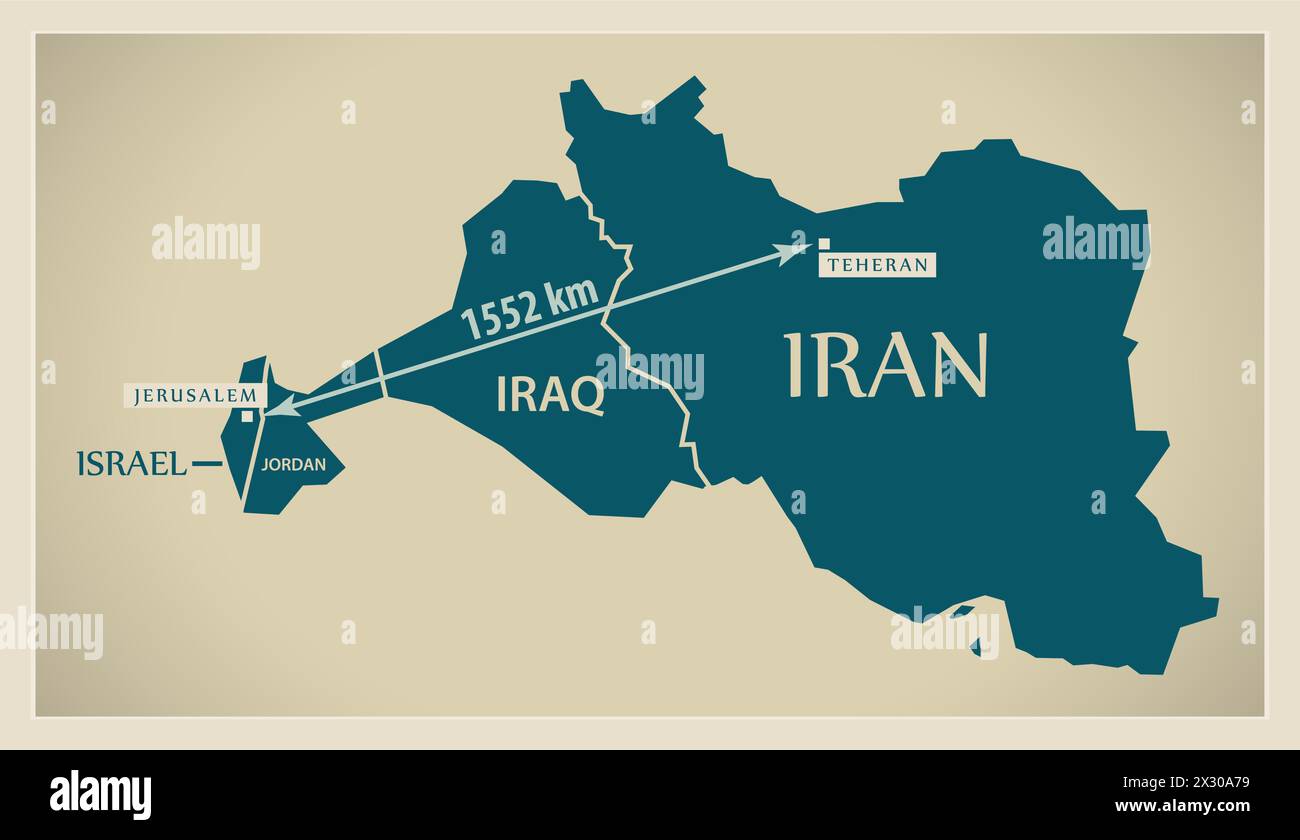When we think about the space between places, like the vast expanse separating Iran and Israel, it's not just about how many miles lie on a map.
It's a bit more involved, you see, than simply drawing a straight line. The notion of "distance" takes on many shapes, doesn't it? From the enormous spans in our solar system, where planets whirl around the sun, to the very precise ways we calculate how far one city is from another, the idea of separation has layers.
Actually, when we consider the space between nations, particularly those with complex ties, the methods we use to gauge separation become rather interesting. It's not just about kilometers or even the time it takes to travel; it's about what makes up that space, what fills it, and how we might even begin to measure it in ways beyond the physical.
- Remote Iot Vpc Ssh Raspberry Pi
- Lessinvestcom
- Securely Connect Remote Iot Vpc Raspberry Pi Download
- Www Xxx Is Equal To 2024
- Remote Iot Platform Ssh Key
Table of Contents
- How Do We Gauge the Physical Distance Iran Israel?
- Beyond Miles - What Shapes the Distance Iran Israel?
- Can Light Show Us the Distance Iran Israel?
- How Do Movement and Speed Affect the Distance Iran Israel?
- What Tools Help Us Calculate the Distance Iran Israel?
How Do We Gauge the Physical Distance Iran Israel?
When thinking about the actual physical separation between Iran and Israel, it’s a lot like considering the vastness of our solar system, in a way. We talk about distances from the sun to planets, measuring them in astronomical units or even very, very large numbers of kilometers. For example, knowing the diameter of planets and their distance from the sun in kilometers gives us a sense of scale for truly immense spaces. Similarly, on Earth, we can measure the straight-line separation between two points, which is often called the "air line" distance. This is the most basic form of measurement, giving us a direct, unhindered length between two spots on the globe. It's a foundational piece of information, much like knowing the size of a celestial body helps us picture its place in the cosmos. You see, even if we are not flying directly, this initial figure gives us a starting point for any discussion about how far apart these two places are, physically speaking. It's a simple, yet rather important, piece of information for anyone looking at a map or globe. We can, of course, find this out with various online tools that provide such figures.
Mapping the Air Line Distance Iran Israel
To get a clear picture of the straight-line separation between Iran and Israel, people often use mapping tools. These tools are pretty good at figuring out the shortest possible path if you were to fly, say, like a bird, from one place to another. They don't account for mountains or oceans or borders, just the pure, unbent length. It's like finding the shortest path for light to travel between two points. This type of measurement is often given in units of meters or kilometers, which are standard ways to express length on Earth. For instance, if you were to pick a spot in Tehran and a spot in Jerusalem, a mapping service could tell you that particular air line separation. This helps us grasp the direct physical distance Iran Israel, without any detours or stops. It's a straightforward number, but it doesn't tell the whole story of separation, does it? Still, it's a good place to begin when you're just looking at the globe.
Beyond Miles - What Shapes the Distance Iran Israel?
The idea of distance isn't always just about how many physical miles separate two spots. Sometimes, it's about other things, like how events unfold over time. Think about graphs that show distance versus time. These charts help us see how separation can change, sometimes growing, sometimes shrinking, depending on what happens. This is a bit like how relationships between different groups of people or nations can change over a period. The space between them might feel very different at one point compared to another, even if the physical miles stay the same. It's about the path taken, the speed of events, and the direction things are headed. For instance, if you're looking at a journey, the total distance covered might be the sum of many smaller sections, each with its own length. This means that to get a full picture of the space between Iran and Israel, we might need to consider more than just a single number. We might need to look at how different factors contribute to the overall sense of separation. It's a more complex way of seeing things, but often more accurate, too.
- Ms Shethi Onlyfans
- Remote Iot Platform Ssh Download Raspberry Pi Without
- Peter Cetera Health
- Martha Maccallum Neck Wrinkles
- Eromecom
The Idea of Distance Iran Israel Through Time
When we think about the separation between Iran and Israel, it's not a fixed thing that stays the same over time. The concept of "distance" here can actually change, like how a runner's position on a track changes with each passing second. We can imagine a sort of narrative that could explain how this distance changes over time, much like a story told through distance versus time graphs. These graphs might show periods where the perceived separation seemed to grow or shrink. It's not about the land moving, but about other factors that influence how far apart things feel. You know, sometimes a journey isn't just a straight line; it has turns and stops. The route between two points on a map might pass through one or more junction points, and to get a total length, you add up the lengths of all the sections. This is similar to how the overall distance Iran Israel might be influenced by a series of events or interactions, each adding to or lessening the perceived gap. It's a dynamic idea, rather than a static one.
Can Light Show Us the Distance Iran Israel?
It might seem a bit odd, but the way light works can give us a good way to think about measuring distances, even between nations. We know that the brightness of a source of light changes based on how far away you are from it. This is because light spreads out, so its strength goes down as you get further away. It's like how a flashlight looks less bright the further you walk from it. This idea, that brightness is connected to the inverse square of its distance, is a pretty important principle in science. What this means is that if you can measure how bright something appears, and you know how bright it truly is, you can figure out how far away it must be. This is used to measure distances to stars and other things far away in space. So, you might ask, how does this relate to the distance Iran Israel? Well, it makes us think about "light" in a different way. Perhaps "light" could mean clarity, information, or even a shared understanding. When there's more "light" or clarity between groups, the "distance" of misunderstanding or separation might seem less, or at least easier to measure and deal with. It's a thought experiment, really, but it helps us see separation in a new way.
Seeing Clearly - Brightness and the Distance Iran Israel
When we consider how the brightness of light could be used to measure distances, even to very far-off objects, it gives us a fresh perspective on the idea of separation. Imagine if "brightness" represented how well people understood each other, or how much clear information was available. If there's a lot of "light" – meaning good communication and clear facts – then the "distance" of misunderstanding or misperception between groups, say between Iran and Israel, might become more apparent, and perhaps even feel shorter. It's like having a very bright signal that helps you pinpoint exactly how far away something is. On the other hand, if there's very little "light," meaning a lack of clear information or a lot of confusion, then the perceived separation might feel much greater, and harder to gauge. This concept helps us think about how transparency and open information might help us better assess, or even reduce, the "distance" that exists. It’s a metaphorical way to approach the idea of separation, using a basic principle of physics to spark a different kind of thought about the distance Iran Israel.
How Do Movement and Speed Affect the Distance Iran Israel?
The concepts of distance, speed, and acceleration are pretty basic to how we understand movement. Distance is measured in units like meters, which just tell us how far something has gone. Speed tells us how quickly that distance is covered over a period, like meters per second. And acceleration tells us if that speed is changing. Think of a vector, too; it's not just a length but also a direction. So, if we apply these ideas to the notion of separation between Iran and Israel, it's not just about a fixed number of miles. It's about how quickly things might be moving, or changing, and in what direction. Is the "distance" between them changing quickly or slowly? Is it moving in a direction that brings them closer, or pushes them further apart? These are questions that these physical concepts help us consider. It's a dynamic view of separation, where the "distance" isn't just a number on a map but something that can shift and alter based on various factors. It's a bit like how a car moves down a road; its distance from a starting point changes based on its speed and how long it has been driving. The way things move or change can really alter the perceived distance Iran Israel, making it a living, breathing concept rather than a static measurement.
What Tools Help Us Calculate the Distance Iran Israel?
When we want to figure out how far apart two places are on Earth, we often turn to online tools. These are like digital maps that can tell you the shortest path between almost any two spots in the world. You just put in the names of the places you want to check, and it gives you a number. These tools are pretty good at figuring out the straight-line distance, often called the "air line," but some also offer a route planner. This means they can show you a path that follows roads or specific travel ways, which is often longer than the straight line. It's like planning a car trip; you need to consider all the turns and roads. The search function in these tools is very simple to use. You simply enter any desired location, and you will get the shortest distance. They can show you the distance from one city to another, or even from a city to the North Pole or the Equator. These are incredibly useful for getting a quick sense of physical separation. They provide an easy way to understand the geographical distance Iran Israel, helping anyone who needs to quickly find out how far apart these places sit on the globe.
Route Planning and the Shortest Distance Iran Israel
Many of these online distance calculators do more than just give you a straight-line figure. They also offer a way to plan a route, showing you how to get from one place to another. This is useful because, as we discussed, to obtain a distance over a route that passes through one or more junction points, it is necessary to find and add distances for the two or more sections into which the route is divided. So, if you were to plan a theoretical journey between Iran and Israel, you would need to consider all the different parts of the path. These tools provide interactive maps that show you the way, giving you a sense of the actual travel length, not just the "as the crow flies" number. They can even estimate travel duration. The famous distance calculator, for example, allows you to determine the distance in kilometers between two locations and coordinates. It also provides a route planner, interactive maps, and more. This kind of tool helps us think about the practical aspects of separation. It's not just about the absolute physical distance Iran Israel, but also about the pathways that exist, or might exist, between them. It helps us see the full picture of what it might take to cover that separation, whether it's for travel or even just for conceptual understanding.
- Hannah Ricketts Youtube Job
- Monitor Key Features And Temperature Status Of Raspberry Pi And Iot Devices
- Remote Iot Platform Free Raspberry Pi
- Remoteiot Vpc Network Raspberry Pi Aws Download
- Hannah Ricketts Disney


